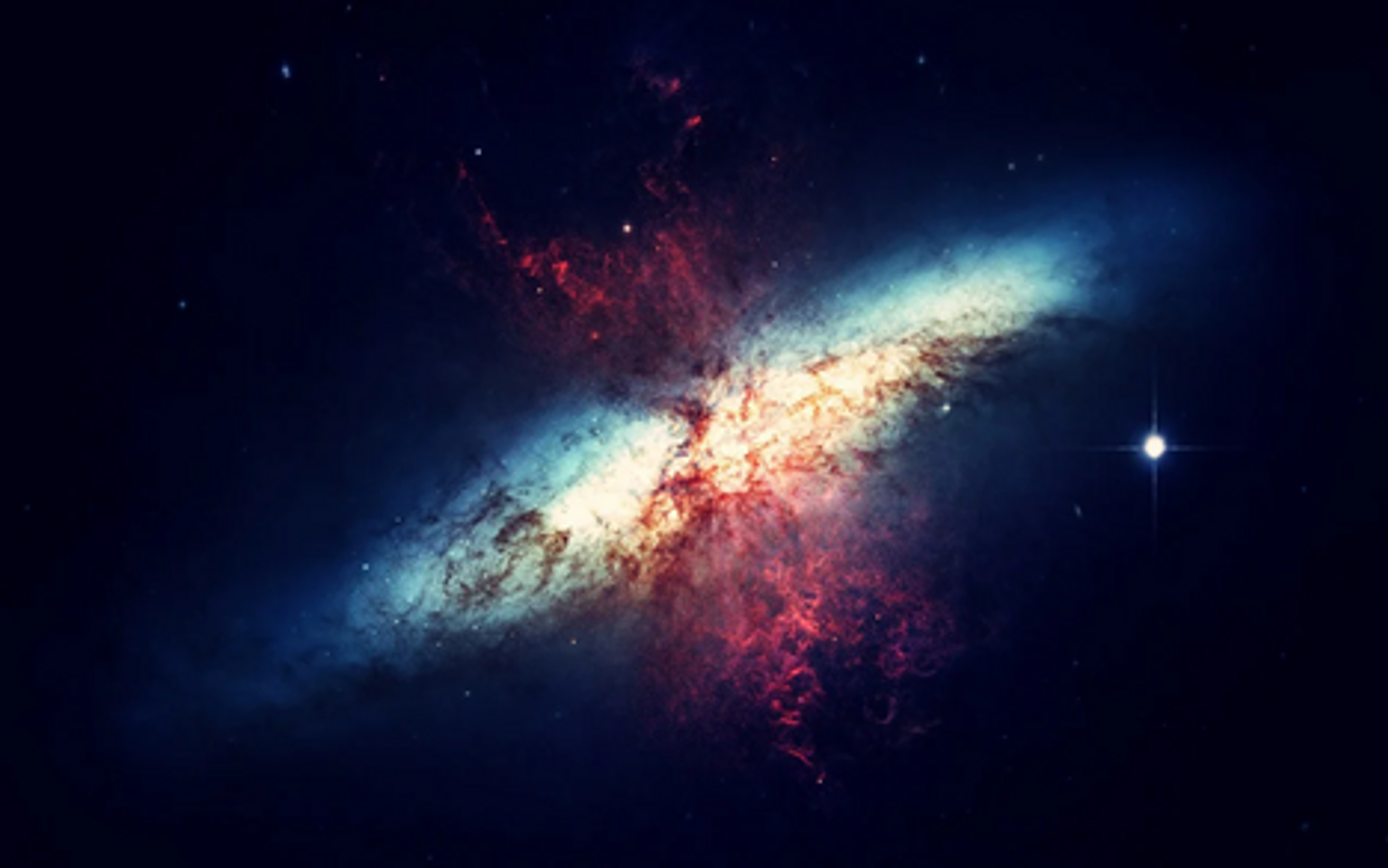Gamma-Ray Burst from Distant Galaxy May Have Been Space Junk
In 2020, scientists observed something incredible: they had measured a gamma-ray burst from a distant galaxy called GNz11. GNz11 is the most distant galaxy that we know of, and gamma-ray bursts are the most powerful explosions known to man. Safe to say, this was a bold claim.
A new study from Nature, however, disputes this observation. They say that the observed gamma-ray burst was a reflection from some space junk, specifically, a Russian rocket that was hurtling through space at the exact moment researchers happened to capture this “burst.”
Gamma-ray bursts are intense bursts of gamma-ray light, the highest-energy light on the electromagnetic spectrum. They can last from a few milliseconds to several minutes and shine a million trillion times brighter than the sun. (Yes, a million trillion times). These naturally occur when stars collapse into black holes or when large objects such as neutron stars merge into black holes. When it does happen, it’s the brightest source of gamma-ray light in the universe.
Gamma-ray bursts frequently happen in the universe, but the chances of actually catching one are about 1 in 10 billion. The chances of catching a glint of debris in the night sky? Between 1 in 1,000 and 1 in 10,000.
This is what was proposed in a second study corroborating the space junk hypothesis. So yes, this hypothesis is more likely— but that’s not enough to disprove that the observed flash wasn’t a gamma-ray burst. There was, however, some debris that was likely in the path of the Keck telescope (which initially observed the gamma-ray burst)—a discarded booster of a proton rocket launched by Russia in 2015.
While some astronomers believe there is no way that such a miraculous event was captured by a telescope, the original researchers are publishing a rebuttal in Nature Astronomy. The paper’s author, Linhua Jiang, argues that none of his colleagues have seen such anomalies from space junk that have coincided explicitly with a known object in the universe, such as a galaxy.
Currently, this is a contentious issue within the astronomical community. Researchers who aren’t involved in the original studies, or the disputes, have something to contribute and astronomers from all over the world are picking apart the data from the original study. Jiang and his team are now looking to see whether or not any other observatories could have recorded something like this. So far, he has not found anything.
Only time will tell if this observation was indeed a gamma-ray burst, but if it is, then the discovery holds the potential to be a real game-changer for astronomists everywhere.
Sources: Science News, Nature









